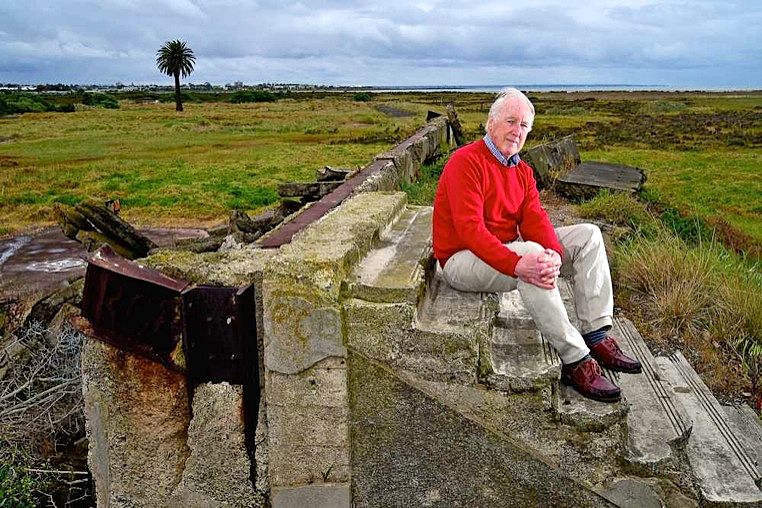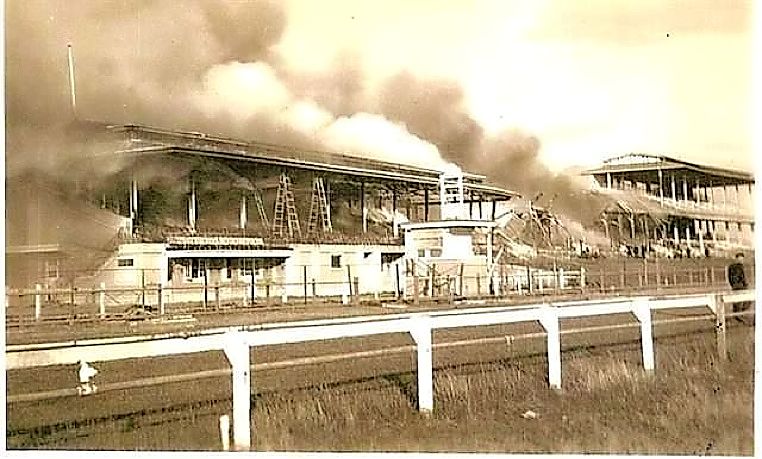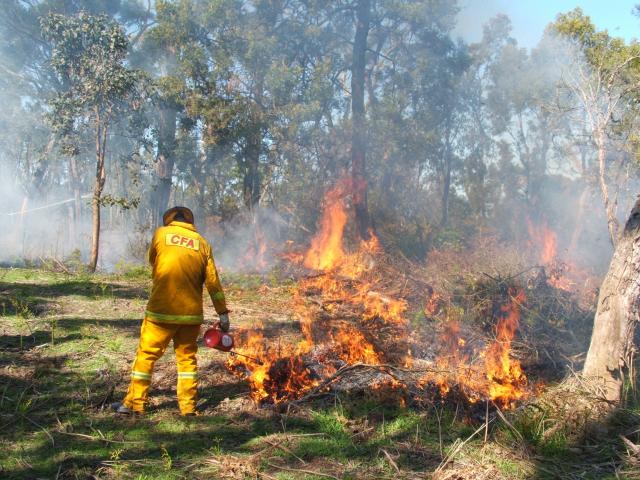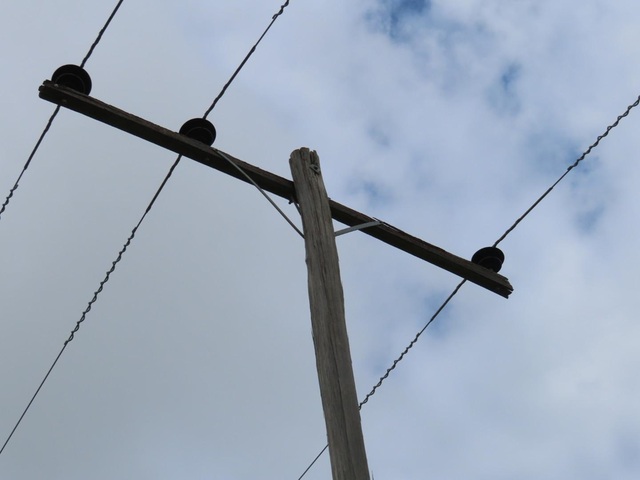All that remains of the former Williamstown racecourse is a concrete stairway that leads nowhere and foundations buried in undergrowth.
Williamstown historian Tom Ferris has spent years painstakingly unearthing the history of the track – which is actually in Altona – for his new book, Williamstown: A Great Metropolitan Racing Club.
Mr Ferris’s great grandfather, Henry Hick, was one of the racecourse trustees and a Williamstown councillor for 26 years, twice mayor, who built many notable local landmarks.
Mr Ferris said that, in 1857, ratepayers of the then-borough of Williamstown petitioned their council for a racecourse.
“Their initial request was for an area of land just beyond Williamstown’s municipal boundary in the shire of Wyndham and north of Kororoit Creek,” he said.
“When this request was refused, permission was given for an area of land south of Kororoit Creek where the first public races were conducted on Boxing Day, 1859, until 1864 when the land was acquired.

A SUSPICIOUS FIRE DESTROYED MUCH OF THE GRANDSTAND IN 1947. (SUPPLIED)
“Thereafter, the initial request was granted and races were held from 1865 until 1940.”
Phar Lap won the Underwood Stakes there in 1931.
Floods in 1902 and 1918 caused meetings to be moved to Moonee Valley and Caulfield.
One of the more bizarre stories associated with the course was the discovery of a child’s mummified body beneath the Governor’s enclosure.
War years
“The last races at Williamstown took place in February, 1940,” Mr Ferris said.
“The Commonwealth government took over the racecourse shortly after for defence purposes, from 1940 until 1946.”
The course was used for basic army training during the war and the first migrants arrived in 1949, being housed originally at the racecourse, including in Nissen huts.
The whole area was snake infested.
“It’s well documented that John Wren was pulling strings behind the scenes with the state government and they did reduce race meetings during the war years,” Mr Ferris said.
Williamstown Racing Club had planned to resume racing at the course in 1948, but in 1947 a suspicious fire destroyed much of the public and members’ stands, and racing was never held there again.
“It is worth a visit today just to stand and listen,” Mr Ferris said.
“You may hear the thunder of hooves of famous racehorses of the Australian turf, hear jockeys’ voices as they urge their mounts to the winning post, cries of bookies calling the odds and the roar of excited spectators.”
Mr Ferris’s book is available from the Williamstown Historical Museum, 5 Electra Street, open from 2-5pm on the first and third Sundays of the month.








